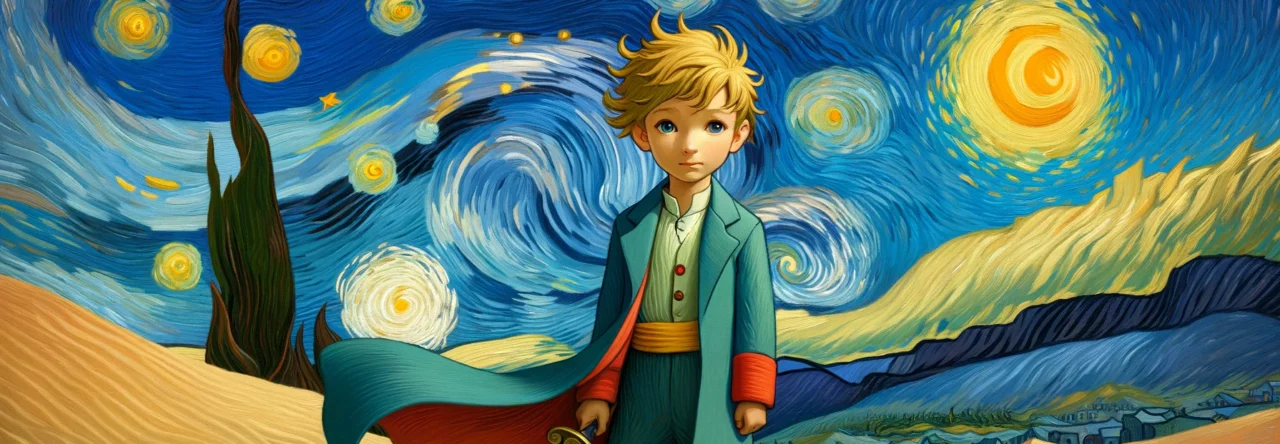
Te Arikiriki — in Tuamotuan language.
Tuamotuan, or reo Pa’umotu, is the indigenous language of the Tuamotu Archipelago in French Polynesia—a vast constellation of coral atolls scattered like pearls across the South Pacific. As a member of the Eastern Polynesian branch of the Austronesian language family, Tuamotuan shares close kinship with Tahitian, Marquesan, and Hawaiian, yet possesses its own unique linguistic identity shaped by centuries of isolation, oceanic navigation, and cultural resilience. Traditionally an oral language, Tuamotuan was the vessel for chants, myths, genealogies, and navigational lore passed through generations by ta’unga (specialist priests and experts), whose knowledge connected the people to their gods, ancestors, and the sea.
Culturally, the Tuamotuan-speaking communities have long sustained a sophisticated maritime lifestyle, with livelihoods centred on fishing, pearl diving, and the cultivation of copra. Despite their geographical remoteness, they developed intricate social and spiritual systems—reflected in their ceremonial architecture, tattoo symbolism, and seasonal rituals linked to lunar cycles and oceanic patterns. The language itself reflects this intimate connection with nature: its vocabulary is rich with terms for winds, waves, fish, and celestial bodies, attesting to the navigational genius of Polynesian seafarers. While French now dominates education and administration, efforts to revitalise Tuamotuan have gained momentum, with local schools, radio, and cultural programmes reasserting the value of ancestral knowledge and linguistic heritage. To speak Tuamotuan today is not only an act of communication but one of cultural affirmation—a way of keeping alive the poetic worldview of a people whose spirit has long sailed in rhythm with the tides.


